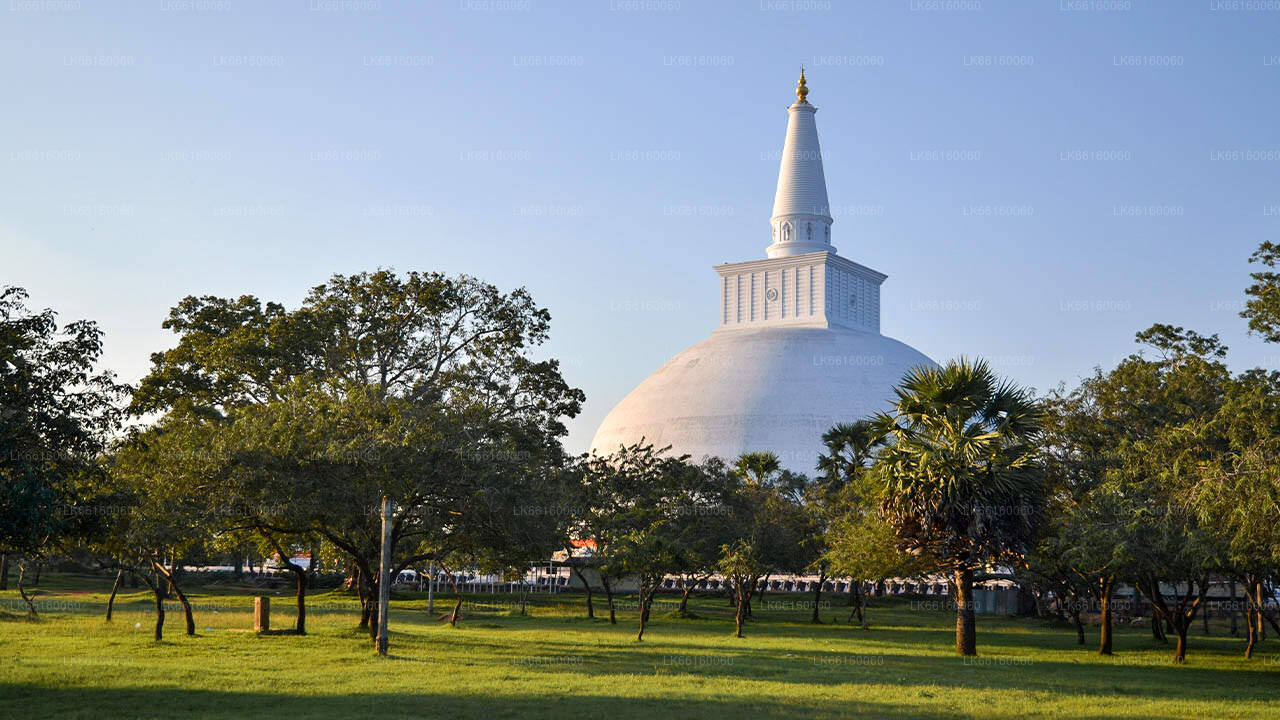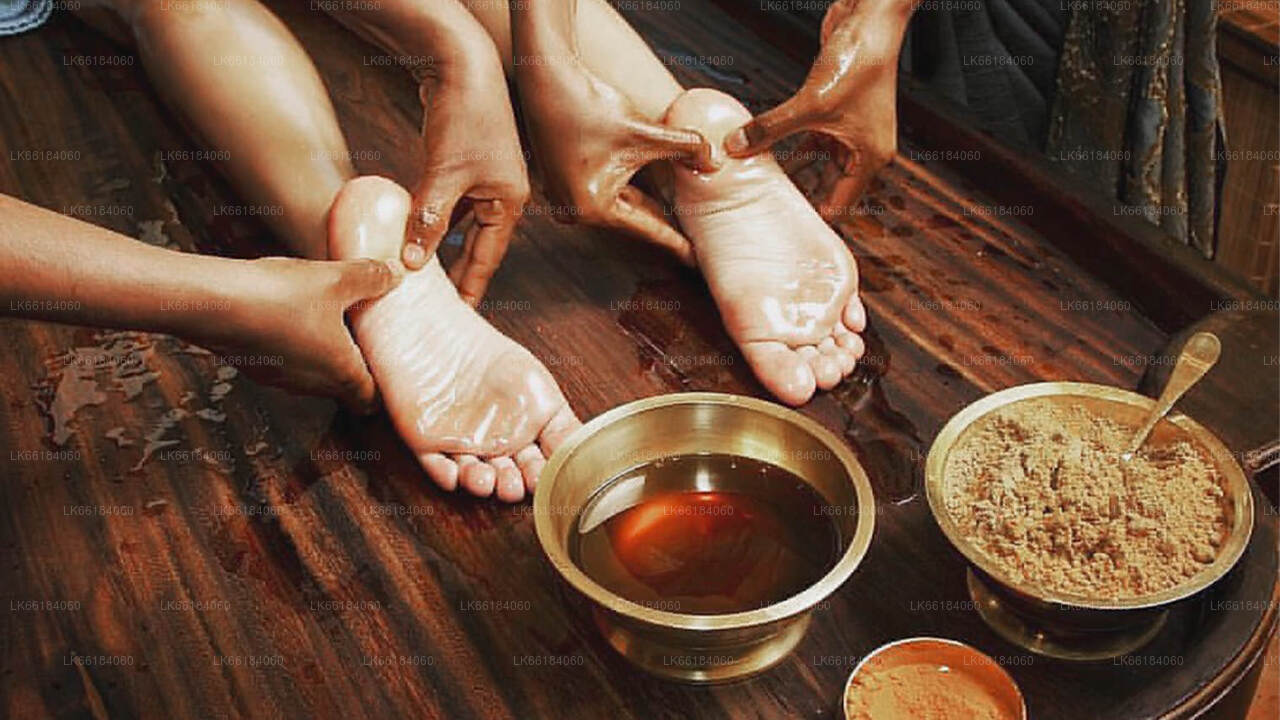
Anuradhapura by
Anuradhapura tilhører den nordlige sentrale provinsen på Sri Lanka. Anuradhapura er en av de gamle hovedstedene på Sri Lanka, kjent for sine godt bevarte ruiner av den gamle lankiske sivilisasjonen. Byen, som nå er et UNESCOs verdensarvsted, ligger 205 km nord for den nåværende hovedstaden Colombo på Sri Lanka.
Thuparamaya
Thuparamaya (????????) is the oldest stupa in Sri Lanka, built soon after the introduction of Buddhism to the island. Constructed by King Devanampiyatissa, it enshrines the sacred collar bone relic of the Buddha — a precious gift from India that symbolizes the strong and friendly ties between the two nations during that era.
The columns surrounding the stupa were once part of a walkway supporting a roof that covered the sacred structure. Aesthetically, the interior of this ancient building must have been a remarkable display of wooden architecture and skilled craftsmanship. Its conical design, unique in the history of world architecture, continues to fascinate scholars and scientists to this day.
Archaeological discoveries around Thuparamaya — including medical texts and surgical instruments from the Anuradhapura period — reveal the advanced quality of life at the time. The practice of using stone troughs as medicinal baths to treat illnesses was common during the Anuradhapura and Polonnaruwa periods, and even before the advent of Buddhism in Sri Lanka. Patients suffering from paralysis or snake bites were immersed in baths filled with herbal infusions designed to be absorbed gradually by the body. The troughs were cleverly shaped to minimize the use of these valuable medicinal fluids.
The name Thuparamaya also refers to the residential complex built to accommodate Bhikkhus (Buddhist monks) who lived and worshipped within its sacred precincts.
Om Nord-Sentralprovinsen
Anuradhapura tilhører den nordlige sentrale provinsen på Sri Lanka. Anuradhapura er en av de gamle hovedstedene på Sri Lanka, kjent for sine godt bevarte ruiner av den gamle lankesiske sivilisasjonen. Byen, som nå er på UNESCOs verdensarvliste, ligger 205 km nord for den nåværende hovedstaden Colombo på Sri Lanka. I den hellige byen Anuradhapura og i nærheten finnes et stort antall ruiner. Ruinene består av tre typer bygninger: dagobas, klosterbygninger og pokuna (dammer). Byen hadde noen av de mest komplekse vanningsanleggene i den antikke verden, og ligger i den tørre sonen av landet. Administrasjonen bygde mange tanker for å vanne landet. De fleste sivile er singalesere, mens tamiler og srilankiske maurere bor i distriktet.
Om Nord-Sentralprovinsen
Nord-Sentral-provinsen, som er den største provinsen i landet, dekker 16 % av landets totale landareal. Nord-Sentral-provinsen består av to distrikter kalt Polonnaruwa og Anuradhapure. Anuradhapura er det største distriktet på Sri Lanka. Arealet er 7 128 km². Nord-Sentral-provinsen har en rekke potensialer for investorer som vil starte sine virksomheter, spesielt landbruk, landbruksbaserte næringer og husdyrsektoren. Mer enn 65 % av befolkningen i Nord-Sentral-provinsen er avhengige av grunnleggende landbruk og landbruksbaserte næringer. NCP kalles også «Wew Bendi Rajje» fordi det finnes mer enn 3000 mellomstore og store dammer i provinsen. Sri maha bodiya, Ruwanweli seya, Thuparama dageba, Abayagiri-klosteret, Polonnaruwa Rankot wehera og Lankathilake er redde.














